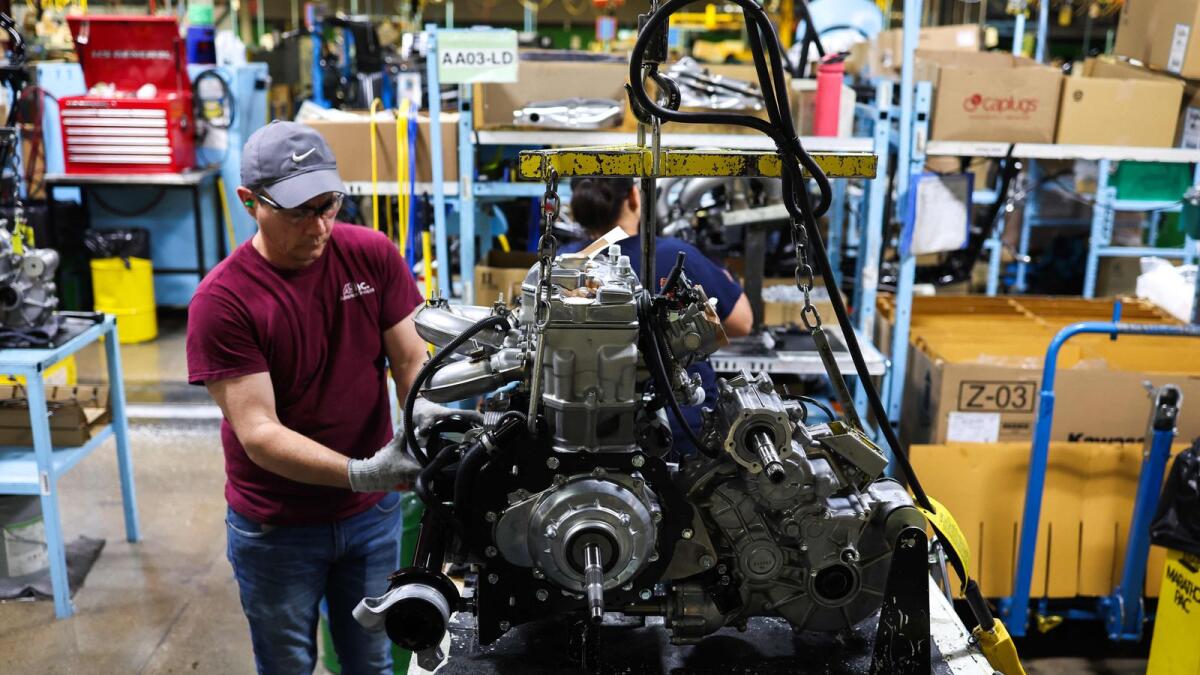The latest employment report from the Labor Department revealed that the US added 206,000 jobs in June, with a majority of the gains coming from government and healthcare services hiring. The unemployment rate also increased to 4.1%, the highest in 2-1/2 years, signaling a potential slowdown in the labor market. This data suggests that the Federal Reserve may soon start cutting interest rates in response to the weakening job market.
Wages increased at the slowest pace in three years, with an expanding labor pool leading to more people entering the workforce. This surge in job seekers contributed to the rising unemployment rate. The report, coupled with moderation in prices in May, could boost the Fed’s confidence in the inflation outlook, prompting officials to initiate an easing cycle in September. Analysts believe that the recent data provides evidence of a cooling labor market, which may lead to consumer inflation returning to the 2.0% target.
While job growth averaged 222,000 per month in the first half of the year, the Annual Census of Employment and Wages (QCEW) suggests a slower pace of job creation compared to payrolls data. The QCEW data is based on employer reports to state unemployment insurance programs and may be revised down in August. Nevertheless, the June report indicated an increase in the number of industries reporting job growth, with government employment seeing the most significant surge in hiring.
The rise in government employment, particularly at the local level, contributed to the overall increase in payrolls, with private payrolls also showing a modest gain. However, the construction sector saw a notable increase in jobs, while retail and manufacturing experienced declines. Given the recent data, economists and investors are closely monitoring indicators that point to a potential economic slowdown, including the downward revisions to previous job growth estimates.
Despite ongoing economic expansion, the subdued wage growth and increase in the unemployment rate suggest underlying weaknesses in the labor market. The Fed is closely monitoring these developments, with traders anticipating a rate cut at the upcoming meeting in September. Average hourly earnings rose slightly in June, but the overall wage growth has slowed compared to previous months. The labor force participation rate also saw a marginal increase, signaling a slight improvement in labor market dynamics.
In conclusion, the latest employment report indicates a potential cooling of the labor market, with government hiring propping up job growth. Wages have increased at a slower pace, and the rising unemployment rate raises concerns about the overall health of the economy. As the Fed considers interest rate cuts to stimulate economic growth, investors and analysts are closely monitoring key indicators to gauge the trajectory of the labor market and its impact on future monetary policy decisions.





















